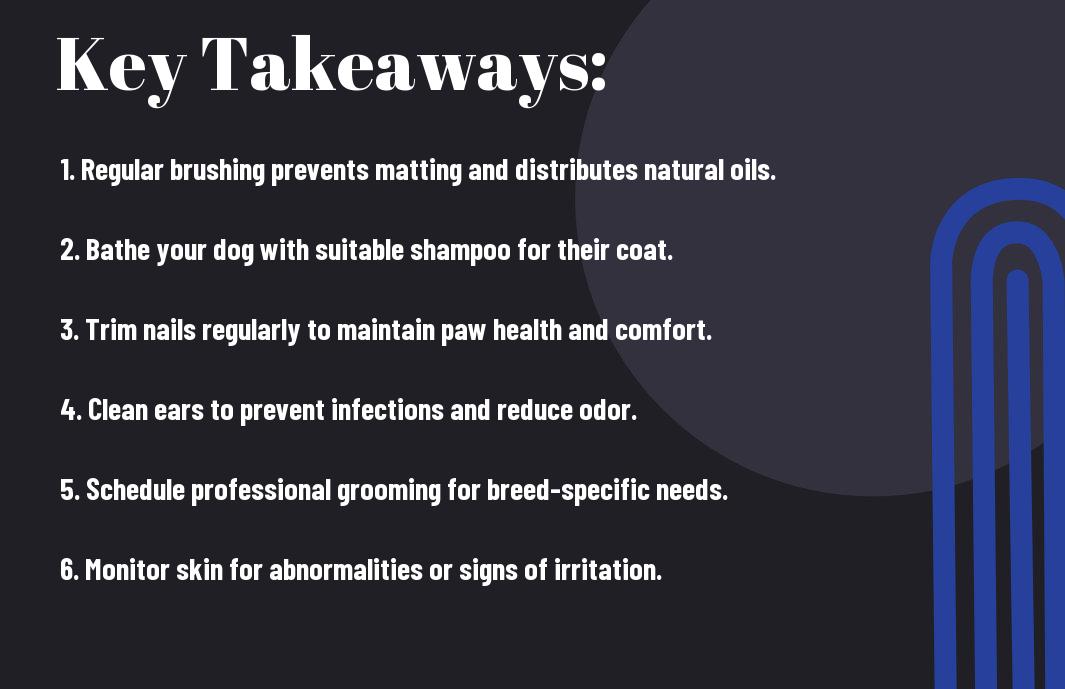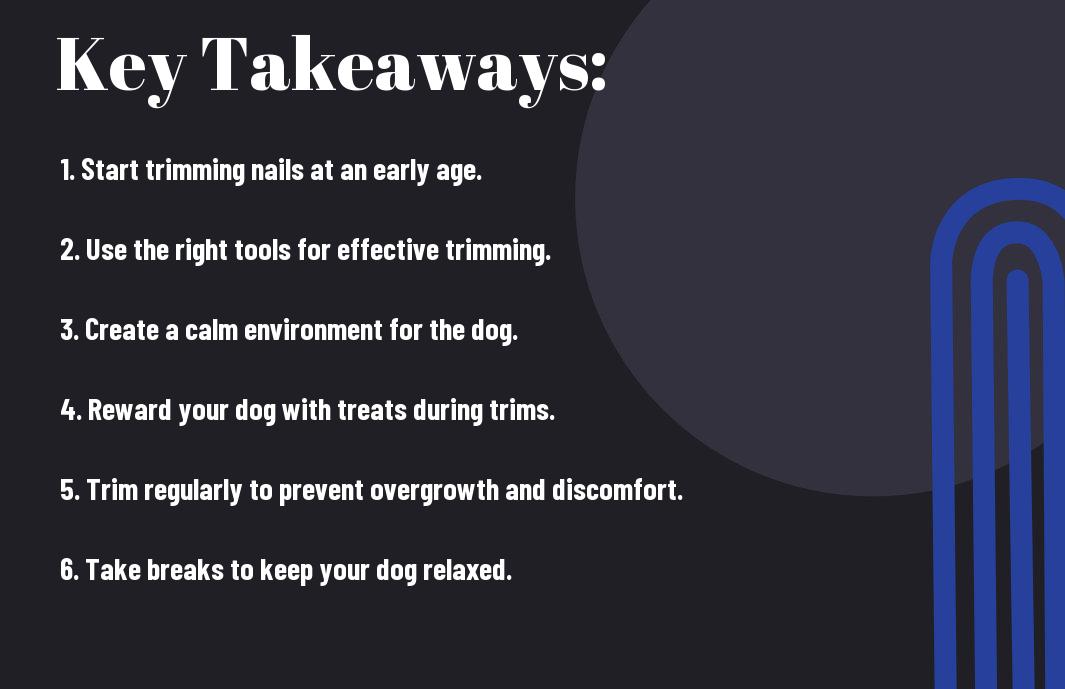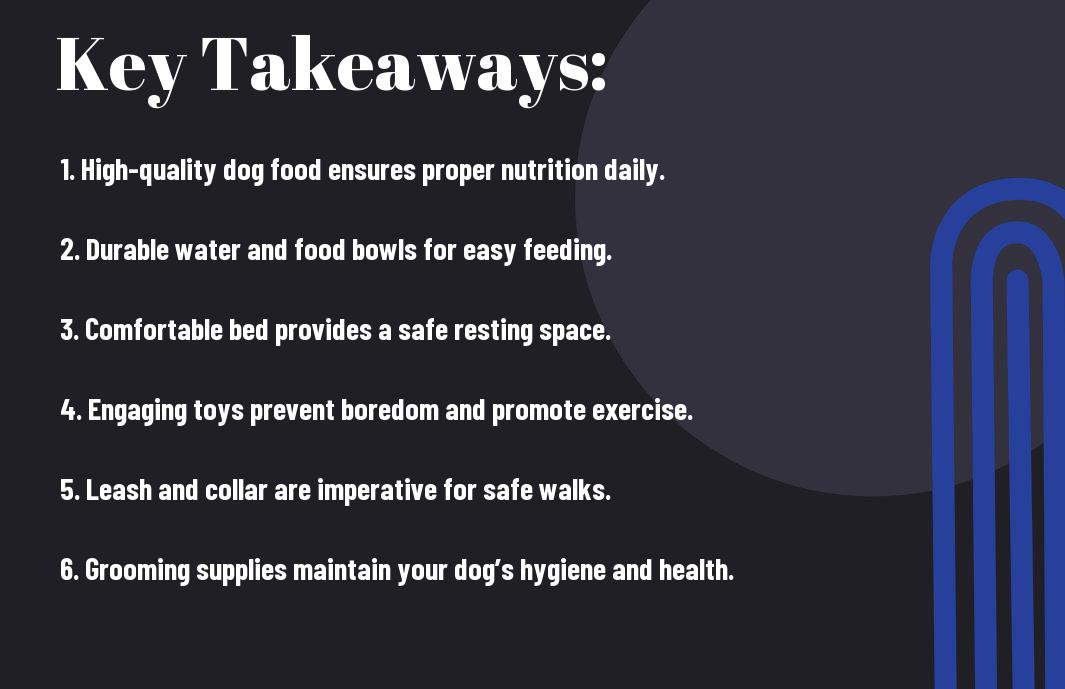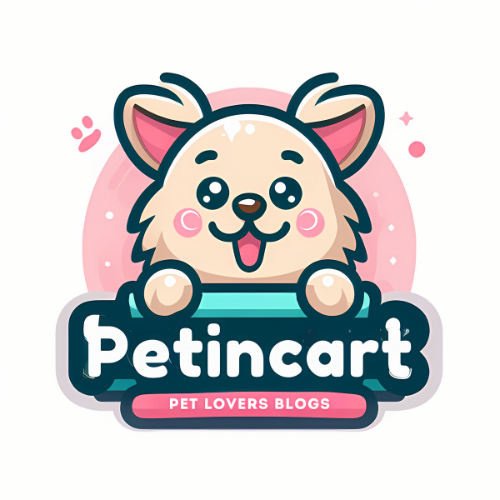With the right tools and techniques, you can easily groom your dog at home, saving both time and money. In this guide, you will discover important DIY grooming tips tailored for beginners, helping you maintain your dog’s hygiene and appearance. From brushing and bathing to nail trimming and ear cleaning, these simple steps will ensure your furry friend looks and feels their best. Let’s look into the world of dog grooming and empower you to take charge of your pet’s grooming needs!
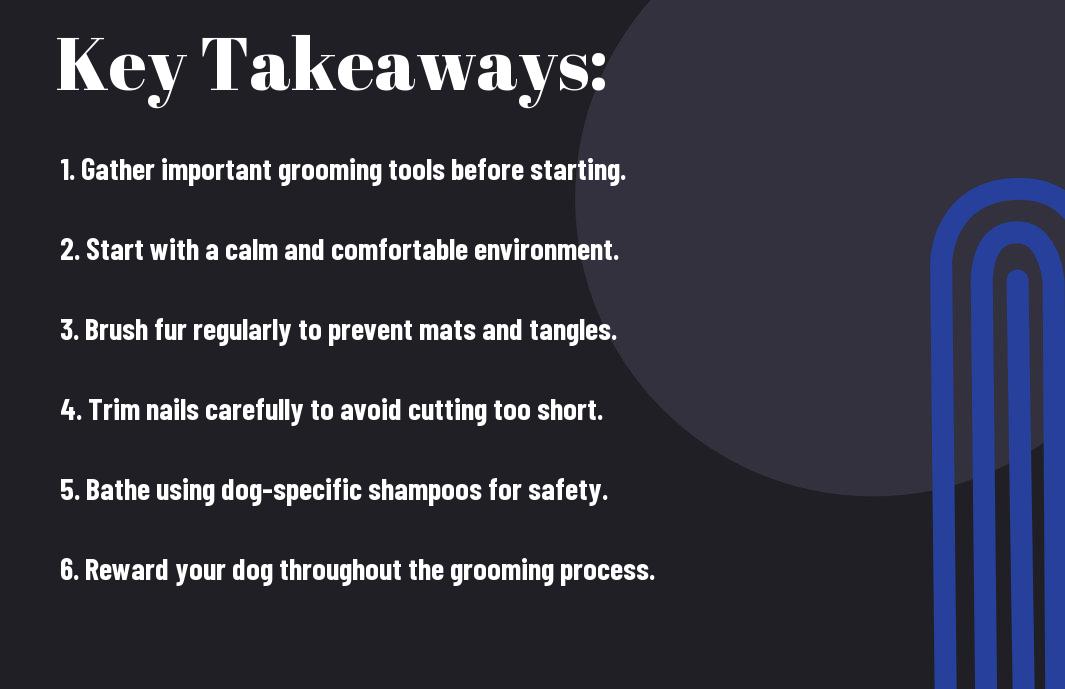
Essential Grooming Tools
The right grooming tools make all the difference when it comes to keeping your dog looking and feeling their best. As a beginner, equipping yourself with important grooming tools can simplify the process, reduce stress for both you and your pup, and create a more enjoyable experience. Each tool serves a specific purpose, so understanding their function will help you make informed choices tailored to your dog’s needs.
Brushes and Combs
With various types of coats found among dog breeds, the right brush or comb can significantly affect the grooming process. For instance, slicker brushes are perfect for removing mats and tangles from long-haired breeds, while bristle brushes may be more suitable for short-haired dogs, as they can distribute oils and enhance shine. Additionally, you might find a wide-toothed comb beneficial for detangling, especially in areas around the ears and under the legs where hair can become matted.
Clippers and Shears
Clippers are an indispensable part of your grooming toolkit, especially if your dog has a thick or long coat that requires regular trimming. Opt for clippers designed for pet grooming, as they provide the appropriate power and speed for safely handling your dog’s hair without causing discomfort. Shears, on the other hand, are helpful in achieving finer detailing and working on areas where clippers may not be suitable, such as around the eyes and paws.
Due to the variety of dog breeds and their unique grooming needs, investing in quality clippers and shears can elevate your grooming experience. Ensure to choose tools that are ergonomically designed for ease of use, especially since you may spend considerable time working on your dog’s coat. Regular maintenance, such as cleaning and oiling your tools, will help extend their lifespan and increase efficiency, making the grooming sessions smoother and more pleasant.
Bathing Your Dog
Now that you’re ready to tackle dog grooming, bathing your dog is an necessary part of the process. Regular baths not only keep your furry friend clean and smelling fresh but also contribute to their overall health by removing dirt, loose fur, and dander. Establishing a bathing routine can make the experience more enjoyable for both you and your dog. It’s important to prepare in advance; having all your supplies at hand can help reduce stress and create a smoother bathing session.
Choosing the Right Shampoo
For selecting the right shampoo, it’s necessary to consider your dog’s specific needs. Dogs have different skin types, and using a formula suited for your dog’s coat can significantly impact their comfort and cleanliness. A mild, hypoallergenic shampoo is ideal for dogs with sensitive skin, while those with oily coats might benefit from a degreasing shampoo. If your dog has specific skin conditions or allergies, consult with your veterinarian for the best recommendations.
Bathing Technique
Across your dog’s bath time, using proper technique can transform the experience into a pleasant routine. Begin by brushing your dog thoroughly before the bath to remove tangles and loose fur. Filling the tub or shower area with lukewarm water is important, as extreme temperatures can be uncomfortable for your pet. Use a handheld sprayer or a cup to wet your dog gradually, avoiding their ears and face to keep water from causing distress.
Plus, as you wash your dog, apply the shampoo gently in circular motions, ensuring you cover the entire body without being overly rough. Make sure to rinse thoroughly, as leftover shampoo can irritate your dog’s skin. If you find washing their face challenging, consider using a damp cloth to wipe away dirt around the eyes and mouth without needing to submerge their head underwater. Following a consistent bathing technique will help your dog feel relaxed, leading to less anxiety during bath times in the future.

Nail Care
Understanding Dog Nails
By taking the time to understand your dog’s nails, you can make the grooming process much smoother for both you and your furry friend. Dog nails consist of the hard outer shell and the softer inner quick, which contains blood vessels and nerves. Knowing where the quick is located will help you avoid trimming too much and causing pain to your dog. The lengthening of the quick can vary by breed and individual dog, so it’s important to assess your dog’s nails regularly to determine the best trimming schedule.
It’s also helpful to know that your dog’s nails should be kept short enough that they do not touch the ground while your dog is standing. Long nails can lead to discomfort, joint issues, and even affect your dog’s gait. Additionally, neglecting nail care can lead to potential injuries and infections. Regular trims will not only keep your dog’s nails healthy but will also help them feel more comfortable during walks and playtime.
Trimming Tips
Understanding how to trim your dog’s nails effectively can alleviate a lot of the stress that comes with this grooming task. Here are some helpful tips to keep in mind before you start trimming:
- Choose a proper nail clipper that fits your hand and is suitable for your dog’s nail size.
- Have some treats on hand to reward your dog during and after the trimming process.
- Make sure your dog is in a comfortable position, either sitting or lying down.
- Start by trimming just a little bit at a time, especially if you can see the quick.
- Use a gentle touch and speak to your dog in a soothing voice, providing reassurance as you work.
Recognizing the signs of anxiety in your dog, such as panting or pulling away, can help you adjust your approach to make the experience more positive.
And after you have successfully trimmed your dog’s nails, taking care of them doesn’t stop there. It’s important to maintain a regular grooming schedule, which often means checking the nails every few weeks. Also, if your dog is particularly anxious about nail trimming, consider desensitizing them by gradually introducing the clippers and offering treats without trimming their nails initially.
- Consistently practice a calming routine before and during nail care.
- Introduce the nail clippers to your dog’s routine to help them become familiar with it.
- If your dog is very anxious, consult with a professional groomer for tips or assistance.
Recognizing when your dog needs a trim can help promote healthy nail maintenance and a more enjoyable grooming experience for both you and your dog.
Ear and Eye Care
Unlike many other grooming tasks, ear and eye care is often overlooked, yet it plays a significant role in maintaining your dog’s overall health. Proper ear and eye hygiene ensures that your furry friend stays comfortable and free from infections. As a dog owner, it’s your responsibility to give special attention to these areas during grooming sessions, making it easier for both you and your pet to enjoy a healthy relationship.
Cleaning Dog Ears
Any dog breed can benefit from regular ear cleaning, especially those with floppy ears, as they are more prone to moisture buildup and infections. Start the cleaning process by using a vet-approved ear cleaner and cotton balls. Gently lift your pet’s ear flap and apply a couple of drops of the cleaner into the ear canal. Massage the base of the ear for about 20 seconds to help break up debris and wax, then allow your dog to shake its head. Afterward, use a cotton ball to wipe away any excess moisture or dirt, being cautious not to insert anything deep into the ear canal.
Eye Care Basics
Cleaning your dog’s eyes can prevent irritation and ensure they remain healthy. Use a soft, damp cloth or cotton ball to gently wipe around your dog’s eyes, taking care to remove any discharge or debris. For pets who are prone to tear staining, you may want to consider using a specific tear stain remover designed for dogs to help deter the buildup.
A regular eye-check is important, so keep an eye out for signs of redness, excessive tearing, or squinting. These could indicate underlying health issues that require your vet’s attention. Maintaining eye hygiene not only contributes to your dog’s well-being but also allows you to spot potential problems early on, ensuring a longer and healthier life for your furry companion.
Coat Maintenance
All dogs require regular coat maintenance to keep their fur healthy and shiny. This involves not only routine brushing but also understanding your dog’s specific coat type and how it behaves with the changing seasons. By dedicating time to coat maintenance, you can prevent matting and ensure your pet looks their best while also contributing to their overall comfort and well-being. Keeping your dog’s coat clean and well-maintained can also reduce the risk of skin infections and other issues associated with neglecting their grooming needs.
Dealing with Shedding
About shedding, it’s important to take proactive steps to manage this common issue. Different breeds shed at varying levels, but all dogs will shed to some degree throughout the year. Regular brushing is crucial to remove loose hair before it ends up on your furniture or clothing. Using the right tools, such as a slicker brush or a de-shedding tool, will help you effectively tackle shedding while also distributing natural oils in the coat that promote healthy fur and skin. Establishing a consistent brushing routine will ultimately make your life easier and maintain a tidier home.
Fluffing and Styling
Shedding may be a regular occurrence, but styling can be a delightful aspect of grooming that allows you to bond with your pet. Fluffing involves using a comb or brush to lift your dog’s fur, giving it a fuller appearance while promoting air circulation in the coat. This technique is particularly popular among breeds with longer, thicker hair. A well-fluffed coat not only enhances your pet’s visual appeal but also aids in keeping them comfortable, particularly in warmer climates where airflow can help prevent overheating.
Even if your dog has a shorter coat, you can use styling techniques to create a neat appearance. A good practice is to employ a pet-safe leave-in conditioner or spray, which adds shine and prevents tangles. Always use gentle motions while styling to avoid pulling on your dog’s skin. With practice, you will become more adept at fluffy finishes, and your dog will appreciate the pampering while looking fabulous!
Grooming for Different Breeds
Long-Haired Dogs
Breeds with long hair, such as Golden Retrievers, Shih Tzus, and Afghan Hounds, require a different grooming approach to keep their coats looking healthy and free of tangles. You’ll need to establish a regular grooming schedule, ideally every few days, to prevent matting and keep their fur flowing beautifully. Start with a high-quality slicker brush to remove loose hairs and flat areas on the coat, followed by a wide-toothed comb to tackle any knots gently. Pay close attention to areas prone to tangling, such as behind the ears, under the legs, and around the tail, to ensure a thorough grooming session.
You can also incorporate bathing into your routine, using a dog-specific shampoo designed for long-haired breeds. It’s best to bathe your dog every 4 to 6 weeks, as over-bathing can strip the natural oils from their coat. After washing and drying, finish with a conditioner to maintain a soft and shiny appearance. With consistent grooming, you’ll ensure your long-haired dog enjoys a beautiful, healthy coat that turns heads during your walks together.
Short-Haired Dogs
On the other hand, short-haired breeds such as Beagles, Boxers, and Bulldogs have different grooming needs compared to their long-haired counterparts. While these dogs typically require less frequent grooming, they still benefit from regular brushing to remove loose hair and debris. A rubber grooming mitt or a bristle brush can work wonders to smooth out their coat and bring out its natural shine. Keep in mind that short-haired dogs often shed, so incorporating a routine that includes brushing a couple of times a week can significantly reduce the amount of hair floating around your home.
Considering the grooming needs of short-haired dogs, be aware that while they may not require extensive grooming sessions, they do need regular baths to stay clean and comfortable. These dogs can usually be bathed every 6 to 8 weeks, although the frequency can vary based on your dog’s activity level and skin condition. Always use a gentle, dog-specific shampoo to avoid skin irritation. With just a bit of effort, you can maintain your short-haired dog’s coat, ensuring they look and feel their best.
Final Words
Upon reflecting on the various DIY dog grooming tips for beginners, it becomes apparent how empowering it can be to take charge of your dog’s grooming needs. By investing some time into learning the fundamentals, you can create a grooming routine that not only enhances your dog’s hygiene but also strengthens the bond between you. Utilizing the right tools, understanding your dog’s specific grooming requirements, and maintaining a patient approach are key components that will yield great results. Whether it’s brushing, bathing, or nail trimming, your confidence will grow with each grooming session.
<pFurthermore, DIY grooming can save you money while ensuring that your dog remains comfortable and healthy in the process. As you apply the techniques you’ve learned, don’t hesitate to adjust your methods based on your dog’s reactions and preferences. Each dog is unique, so tuning into your pet’s needs will foster a positive grooming experience for both you and your furry friend. Embrace this journey of dog grooming with enthusiasm, and you’ll find not only a clean dog, but a satisfying shared experience that brings joy to your everyday life.

